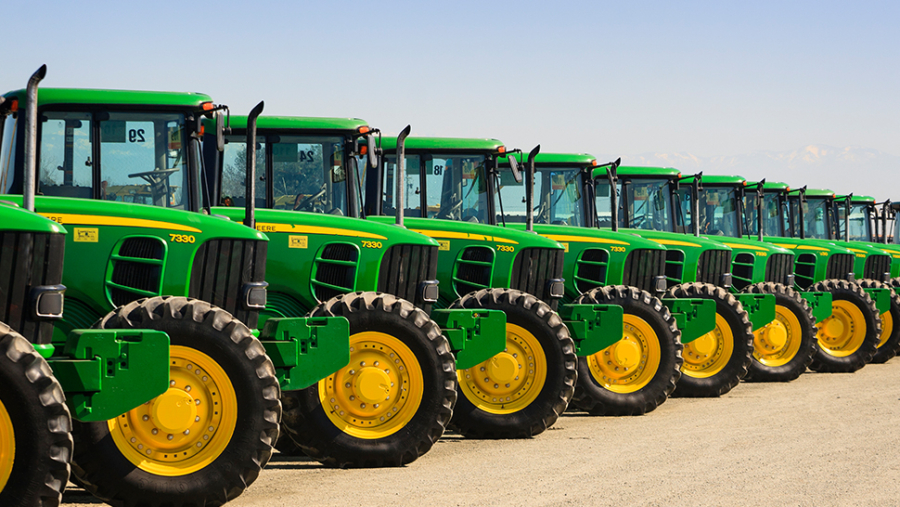

John Deere have recently unveiled their first automated tractor which can till a field without a driver. Efficiency and safety considerations have acted as key considerations for the design and production of such equipment by manufacturers. As for safety, agriculture remains far more dangerous than other sectors.
The issue has moved further up the agenda in legal terms because the law commissions for England and Wales and for Scotland have now recommended that drivers are re-designated as “users in charge” of automated vehicles.
The law commissions’ work, now being considered by the government, includes the recommendation that a user in charge cannot be prosecuted for offences arising directly from the driving task, but remains responsible for other tasks, including insurance and checking people are wearing seatbelts
While automated farm equipment removes the farmer from close proximity to heavy machinery, the farmer is also reliant on the technology’s ability to detect potential dangers. What are the key legal issues surrounding the use and operation of such equipment?
Accidents
For equipment operating autonomously, the manufacturer is likely to be liable for any accidents caused by defects in the design or functioning of the product.
Where equipment is able to operate in autonomous and semi-autonomous modes, systems will need to be carefully calibrated to ensure a smooth transfer from human operator to manufacturer which is both absolutely clear and recordable.
Defects
Any tractor or systems supplied for sale must be of satisfactory quality. If a defect or problem arises you will potentially have a claim for breach of contract. However, you will also have the burden of proof to show three things: a valid contract; a breach of that contract and loss resulting from the breach.
Depending on the contract and contractual relations that exist between the parties, you are likely to have recourse to the dealership or manufacturer. In fact, the former will look to push you in the direction of the latter.
As for whether there has been a breach of a contractual term, you must first look at what the terms are. These will likely include written terms which may provide you with certain rights and remedies. In addition, there are likely to be additional terms which are incorporated into the contract by law.
The law regulates business-to-business contracts significantly less than consumer contracts. However, thankfully some terms are implied by law, including that a tractor must be of a “satisfactory quality” and be “fit for purpose”.
Insurance
Farming technology is changing the industry and creates both opportunities and risks for farming businesses. We are adopting a different mindset for farming and the role of farmers. Effective insurance and risk management will be vital considerations and you will need to check your existing farm insurance cover before adopting new technology or processes.
The use of agri-tech will alter traditional farming practices so it will be important to tailor cover within policies to meet your changing needs. The heavier reliance on connected technology also increases the risk of damage caused to your farming business by cyberattacks. Consider your devices that are connected to the internet or other networks, and ensure data is protected against any cyberattacks which may affect your farm operating or management systems.
Software and integration
Automated functions can be added to some existing tractors. Remember, though, that no technology is fool-proof and software errors and updates need to be dealt with as they arise. This may become the technology of choice in years to come, but it’s going to be a journey and it is not sensible to rely completely on automated technology. Always have a backup plan or alternative equipment.
Technology developments are benefitting many areas of agricultural business and practice. However, the major challenge ahead is to make these systems affordable and easy to integrate into farms’ existing data collection structures. With sophisticated GPS guidance providing accuracy for field operations too, the technology is there to reduce manpower and increase automation











